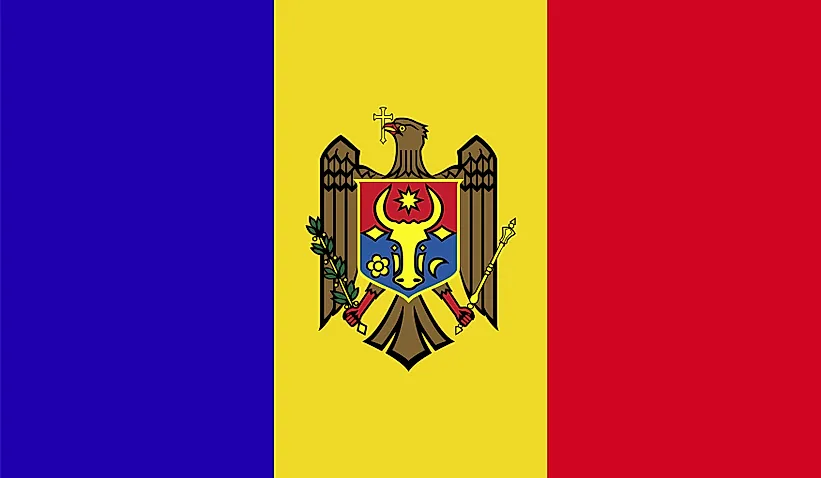
Moldova
| Continent | Europe |
| Capital | Chisinau |
| Population | 3,510,485 |
| GDP | $18.54 Billion |
| GDP per Capita | $5,200 |
| Dialing Code | +373 |
| ISO Code (2-letter) | MD |
| ISO Code (3-letter) | MDA |
Moldova Landscapes






About Moldova
Welcome to Moldova, a nation where Eastern European traditions meet modern aspirations. With approximately 2.6 million people occupying 33,846 square kilometers, Moldova combines remarkable wine-making heritage with rich agricultural traditions, standing as one of Europe’s hidden gems.
Geographic Features and Natural Beauty
Moldova’s geography encompasses gently rolling hills, fertile plains, and numerous river valleys. The country features moderate elevation changes, with the highest point reaching just 430 meters, creating ideal conditions for agriculture and viticulture.
The landscape includes the picturesque Codri forest reserve in the center, numerous limestone caves, and the scenic valleys of the Dniester and Prut rivers. The country’s varied topography supports diverse ecosystems and agricultural activities.
Protected areas include scientific reserves like Plaiul Fagului and Codrii, preserving native forest ecosystems. The country’s commitment to environmental protection focuses on preserving its natural heritage while supporting sustainable agriculture.
Cultural Heritage and Traditions
Moldovan culture represents a unique blend of Romanian and Slavic influences. The country’s heritage includes distinctive folk music, traditional dance, and remarkable monasteries carved into limestone cliffs.
Traditional arts include carpet weaving, pottery, and wood carving. Music and dance traditions, particularly the energetic “Hora” dance, remain central to cultural celebrations and festivals.
Moldovan cuisine features a mix of Eastern European influences, with specialties like mămăligă (cornmeal porridge), sarmale (stuffed cabbage rolls), and renowned wines. The tradition of winemaking, dating back thousands of years, remains central to cultural identity.
Historical Journey
Moldova’s history spans from ancient civilizations through medieval principalities to Soviet era and independence. The region has been influenced by various cultures and powers throughout its history.
Significant periods include the Principality of Moldova, Ottoman influence, Russian Empire rule, Romanian integration, Soviet period, and independence in 1991. The country’s historical experience has shaped its unique cultural identity.
Modern Economic Landscape
Today’s Moldovan economy focuses on agriculture, food processing, and wine production. The country is known for its fertile black soil and favorable climate for farming.
Recent initiatives focus on modernizing agriculture, developing IT services, and improving energy efficiency. Moldova’s strategic location between the EU and CIS countries provides opportunities for economic development.
International Relations and Global Position
Moldova maintains active participation in European partnership programs while balancing relations with both East and West. The country’s position between the EU and CIS influences its international relationships.
Did You Know?
• Moldova’s Mileștii Mici winery holds the world’s largest wine collection?
• The country’s Orheiul Vechi monastery complex is carved into natural limestone cliffs?
• Moldova was once known as “the garden of the Soviet Union” due to its agricultural productivity?
• The country has one of Europe’s highest percentages of agricultural land use?
Conclusion
Moldova represents a unique combination of agricultural heritage and cultural traditions. From its rolling vineyards to its ancient monasteries, from its traditional festivals to its modern development aspirations, Moldova continues to evolve while preserving its distinctive identity. As it addresses challenges including economic development and regional integration, Moldova remains committed to its agricultural excellence while fostering sustainable growth.